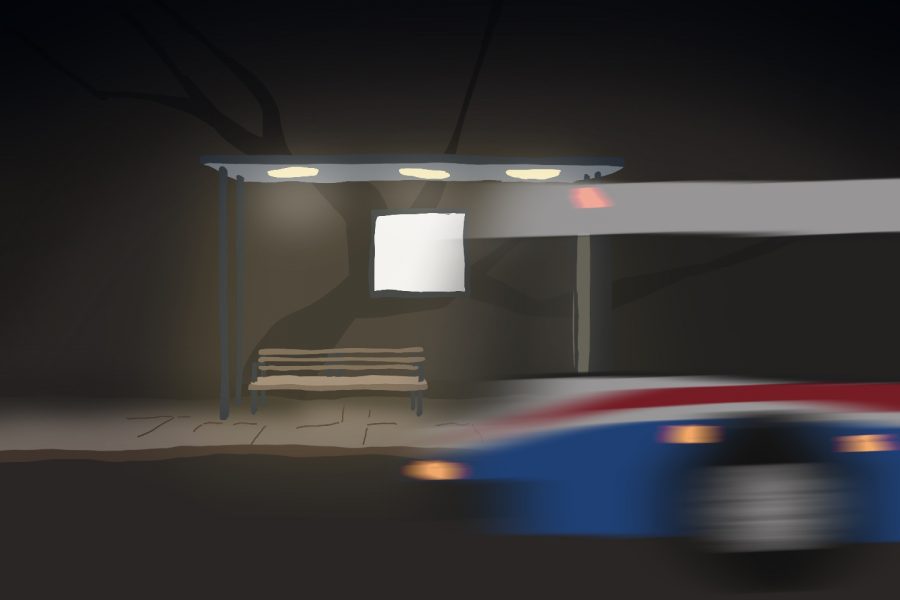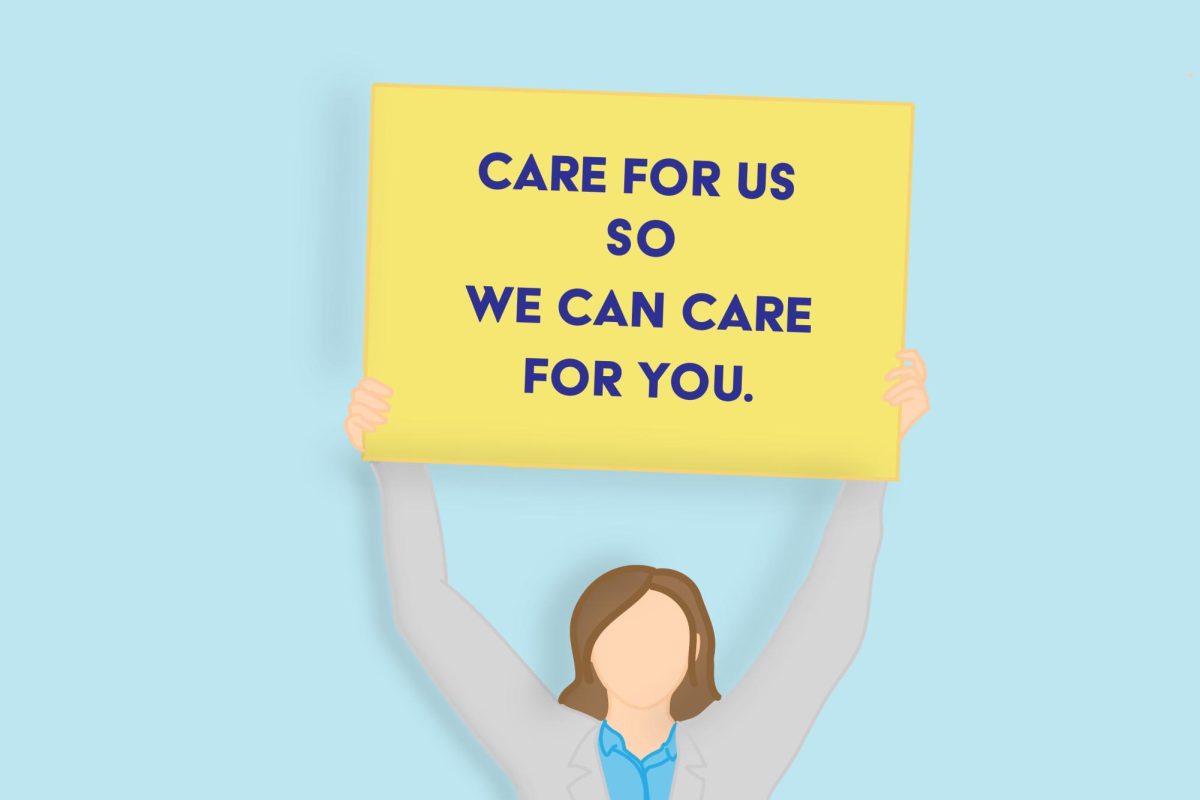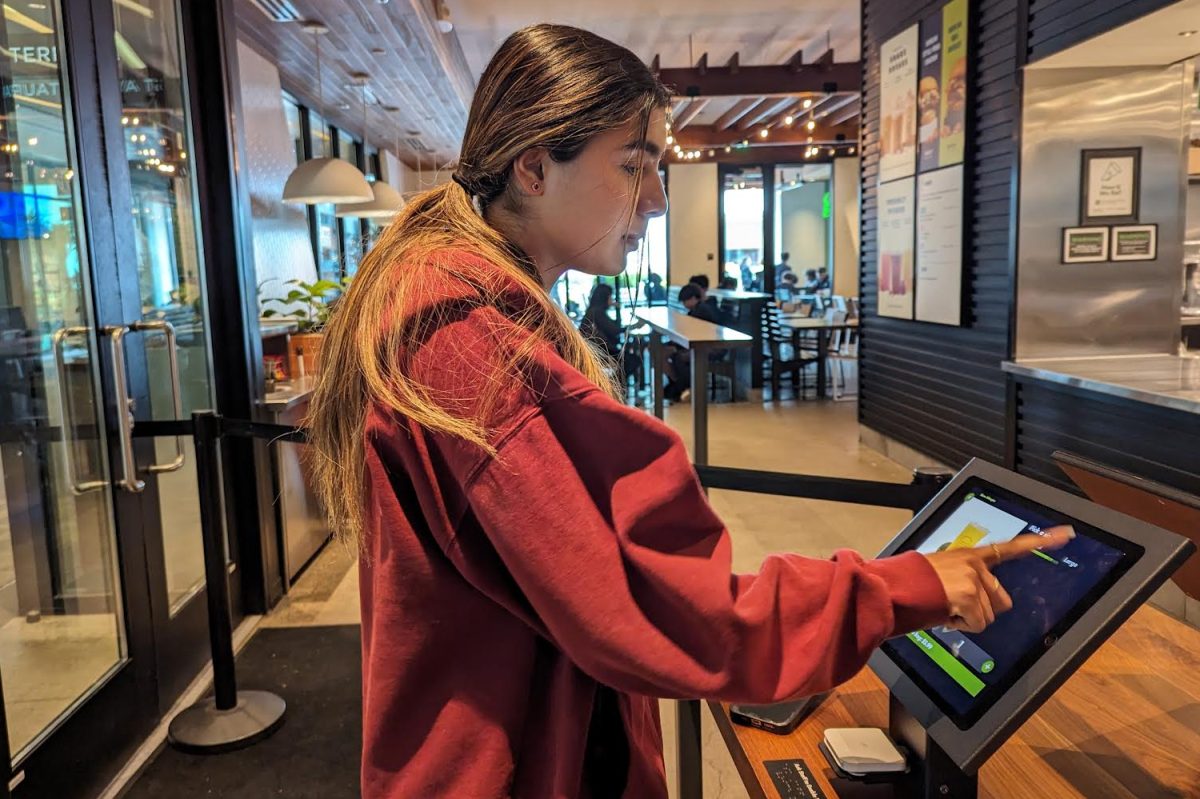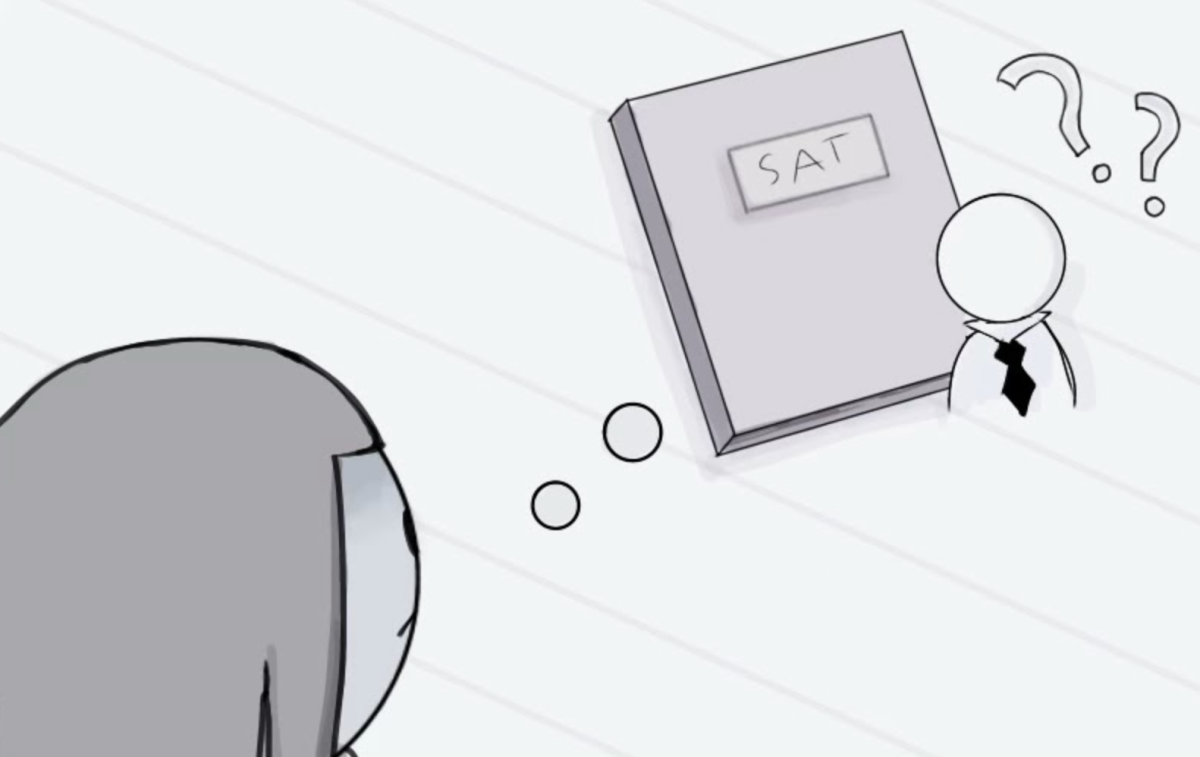America used to be a world leader in public transit systems. Now, in a country ruled by cars, these systems have fallen from grace.
In the Bay Area, we have three main modes of public transit: Bart, Caltrain, and the bus system. The one thing they all have in common is that they’re not that helpful. Thus, we all need cars to go about our daily lives. In fact, according to the Bureau of Transportation Statistics, 86% of Americans commute by car, while only 5% use public transit. This means cars are the second biggest expenditure by Americans, beating only by housing. Despite this lack of public transit use, America can improve and reform its transportations systems with more budgeting.
To understand how America got itself in this predicament, people first need to travel back to the later half of the 19th century. Amid the Industrial Revolution, the United States started to urbanize and make many technological advancements rapidly. One of these was the electric streetcar (tram). According to Oxford Research Encyclopedias, by 1900, this new form of transportation became the dominant mass transit system replacing horse-drawn omnibuses.
However, in the 1920s, street railway companies faced bankruptcy. Many point to new competition from Ford’s Model-T, which by 1927 sold 15 million units. But according to Vox, the biggest factor was the city-mandated artificially low fares set at five cents. This policy did not account for the inflation caused by World War I. Following the Great Depression, where many invested in cheaper busses and cars became increasingly affordable, streetcars were virtually all gone.
As one mode of transportation died out, another flourished more than ever before. President Eisenhower passed the Federal-Aid Highway Act of 1956, which authorized the construction of 41,000 miles of interstate highways across the country. According to History.com, this destroyed cities by displacing residents and splitting neighborhoods. What was once accessible by foot became inaccessible as there was a busy highway in the way of previous paths.
Today, there are 250 million cars and trucks on the roads of America, which accounts for a great majority of the American population. According to Vox, transportation emissions account for 28% of the total greenhouse emissions in the country. To make matters worse, the outdated transportation systems can only travel from suburbs to downtowns. Yet, the most common American commute is from suburb to suburb rendering these systems useless.
Because so few citizens use public transit, reforming it is never a top priority. A good place to start is busses. If governments can fund bus systems that run more frequently and expansively, including routes connecting suburbs, more people may be inclined to use them. This could foster further pushes for improvements to other systems.
This reform would call for an increased budget. Unfortunately, in America, only 16% of transit is funded by the federal government, and the rest comes from fares and the local and state governments. With public transportation budgeting split along partisan lines, changes will be hard to come across. According to the PEW Charitable Trusts, some argue that public transport uses taxpayer money to serve only the urban population, while the others do not benefit. If we look at the long-term, increased budgeting could extend to more suburban and even rural areas. It can better serve low-income citizens and massively reduce America’s carbon footprint.













